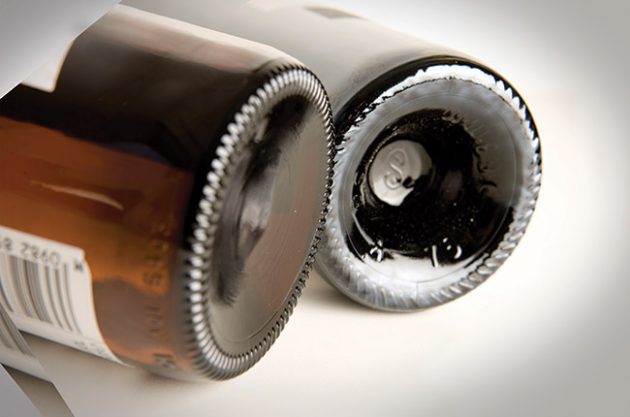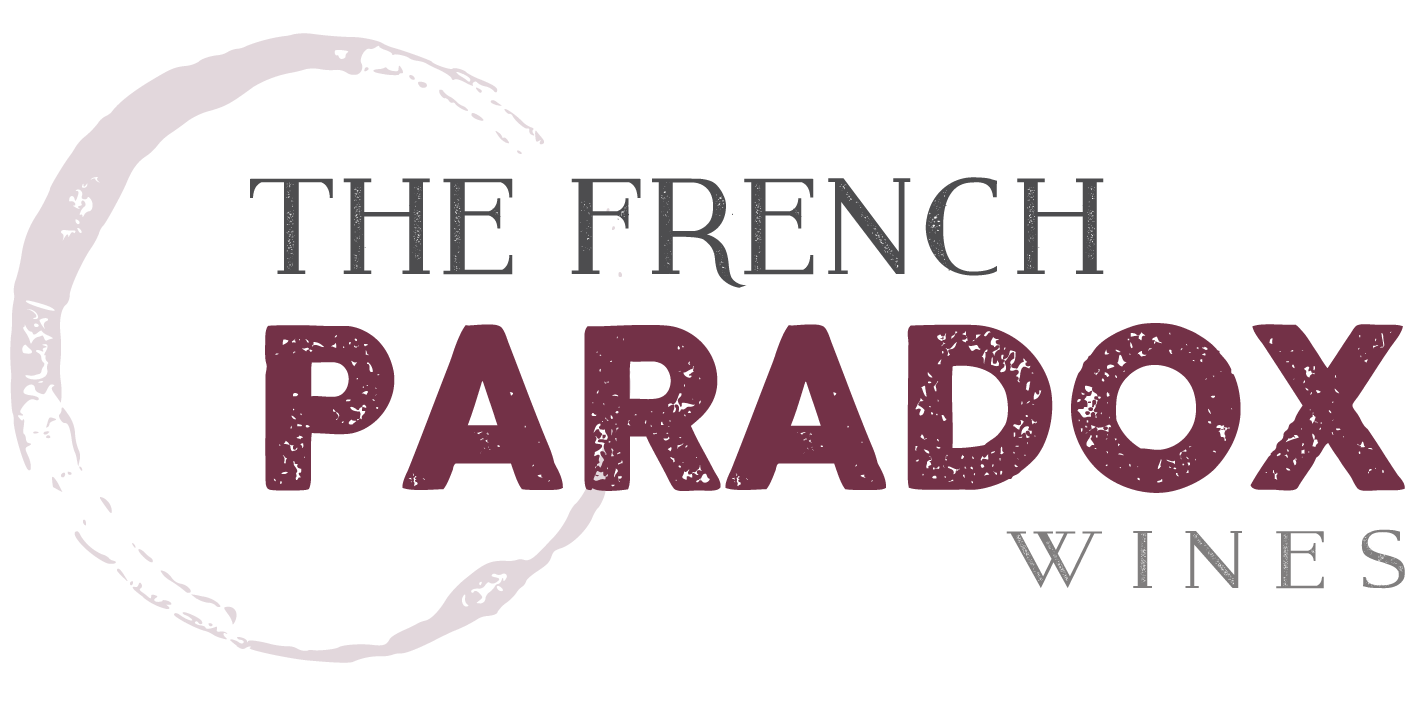One of the greatest things about being in the wine business is that we’re asked many, many questions

that have absolutely no definitive answer. This, of course, never stops us from offering opinions about subjects such as corks (necessary for aging? probably not), aging (all wines get better with age? unlikely), complexity (reds are more complex than whites? don’t be silly) and critics
(wine critics are experts? LMAO). But my all-time favorite is the question about the indentation in the bottom of the wine bottle, commonly called ‘the punt’. The specific question…does a deeper punt indicate a better quality of wine?
I’ll admit, straight away, that there is most likely no definitive answer to this question, or even to the origin of the punt. Any number of answers do seem quite sensible, yet a few of them pretty absurd. Let’s get the absurdities out of the way first…
Wineries put deep punts in their bottles in order to short fill the bottle.
Hmmm…unlikely. I don’t doubt that a particular winery may have decided at one time or another that this was a good idea. However, cheating the public has never been a sound long-term plan for success, so I’m not buying this as a realistic answer.
The punt was placed in the bottle in order to facilitate serving of the wine.
Uh…nope. Yes, some people serve wine by sticking their thumb in the punt and cradling the bottle with their fingers, but I don’t believe that wineries (or glassblowers) designed the bottle for ease of service. If that was true, would corks still be around? And if that was the motive behind the punt, why not a handle?
The public thinks deep punts are sign of a better wine, so wineries put deep punts in bottles to fool the public.
Perhaps, sometimes. If the public really thinks deep punts means better wine, than, yes, some winery is probably laughing about how dumb the public is. However, it seems that public is more confused about the punt than convinced that it’s a sure sign of quality. There is little doubt that some boutique wineries do use extremely thick glass bottle with very deep punts as a way to make their wine bottles stand out, but that’s more akin to a decision to use heavier paper for the label. It’s a marketing decision, not a falsehood. Wait a moment! Is that the same thing?
Punts exist to ‘capture’ sediment as the wine ages.
Well, maybe…This seem to me to be more likely the old saw about correlation not being causation. It’s true that as a wine ages it ‘throws’ off sediment. It’s also possible that the same sediment then gets ‘trapped’ in the punt, therefore decanting becomes unnecessary. But…it’s more than likely that, historically, bottles were made without concern for the age-worthiness of the wine. So, maybe, someone had a Eureka! moment regarding punts and sediment, and therefore some punts remain, but was the punt first put there for that reason? Don’t think so.
The punt helps the structural integrity of the glass bottle.
Could be….This may have been true, especially in areas that make sparkling wine. Most quality sparkling wines are fermented in the closed bottle, trapping the carbon dioxide that’s a by-product of fermentation. Someone came up with the idea of using thicker glass to stop the bottles from exploding, along with the idea of the ‘cage’ around the cork. Was the punt integral to the thick glass? Possibly, but there doesn’t seem to be any scientific proof to support this notion.
The punt was created by the glass-blower to allow the bottle to stand erect.
This actually makes sense. Remembering my visit to the Corning factory when I was 12, the craftsman blew the glass at the end of a long tube (or blowpipe). He then used a hand held tool to shape the glass, and then indented the bottom of the bottle to create a ‘flat’ surface, allowing the bottle to stand. The metal rod that he used to indent the bottom of the bottle was called the pontil or puntil, which produced the ‘punt’.
So, it’s more likely than not that the punt is nothing more than a historical anomaly. It has no real purpose today other than to give your brother-in-law (the wine expert!) something to pontificate about. And, of course it looks nice and makes one feel better about over-spending on that Napa Valley Cab.
